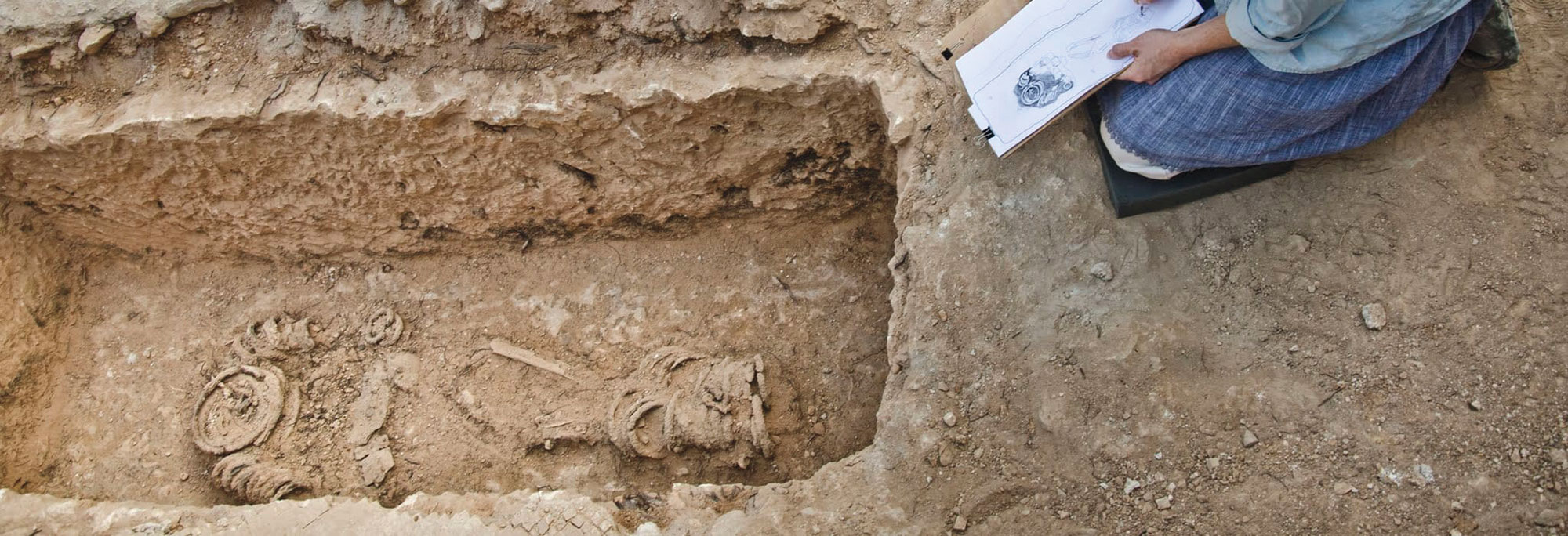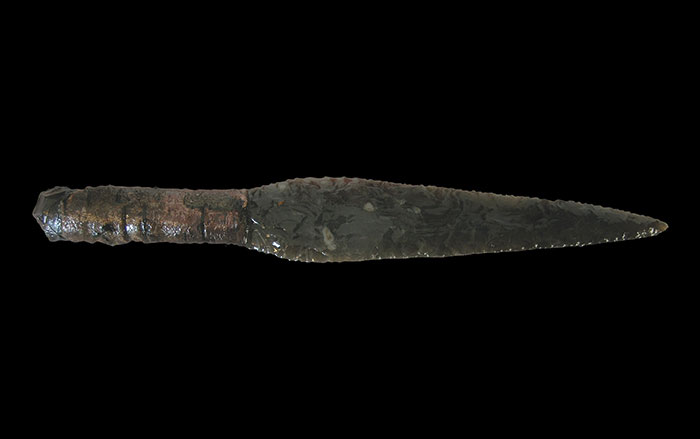
TEL AVIV, ISRAEL—Fat residue has been detected on flint tools unearthed near a 500,000-year-old elephant rib bearing clear cut marks at the Revadim site in southern Israel. “Nothing is for sure in archaeology. Based on the time, the culture, the behavior and the assemblage, we assume it was Homo erectus,” Ran Barkai of Tel Aviv University told Haaretz. This is the first time that animal remains have been found on an Acheulian biface and a scraper, a discovery that was made possible by Fourier Transform InfraRed (FTIR) spectra technology. It is not known if the animal had been hunted or scavenged, however. “Not all agree that prehistoric men ate elephants. Some think that prehistoric men who weren’t Homo sapiens sapiens had some sort of problem. They have difficulty accepting that they could hunt and eat elephants. I am confident they’re wrong,” Barkai said. To read more, see "Homo erectus Stands Alone."









